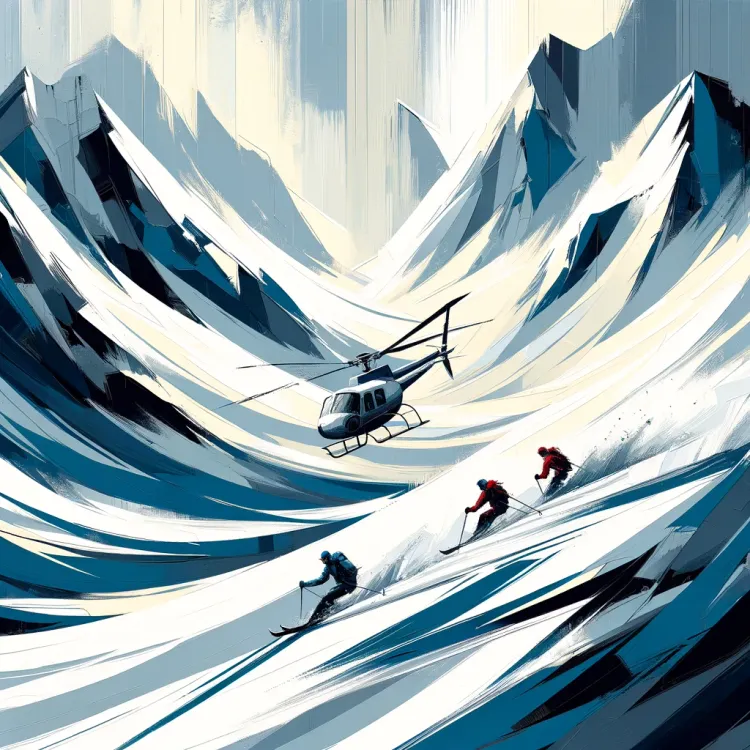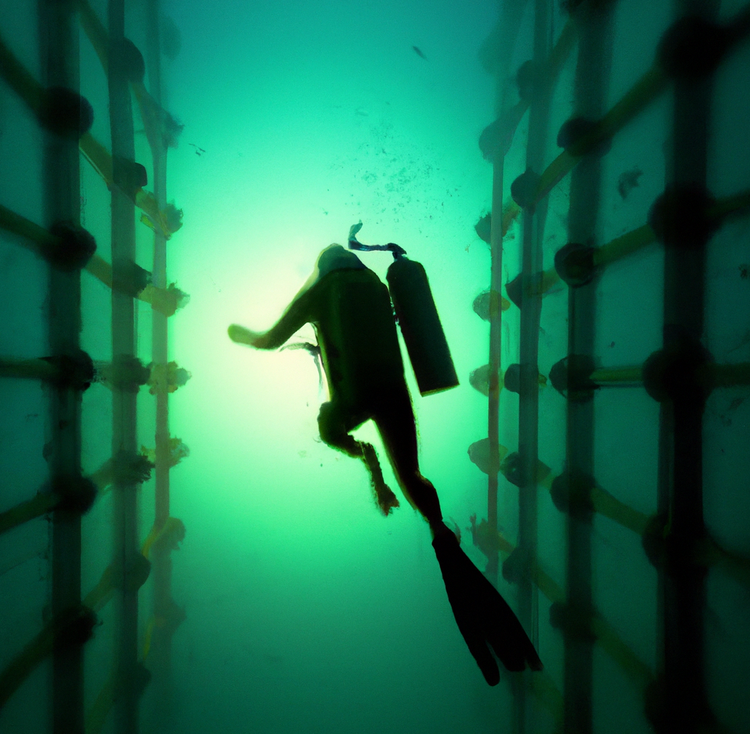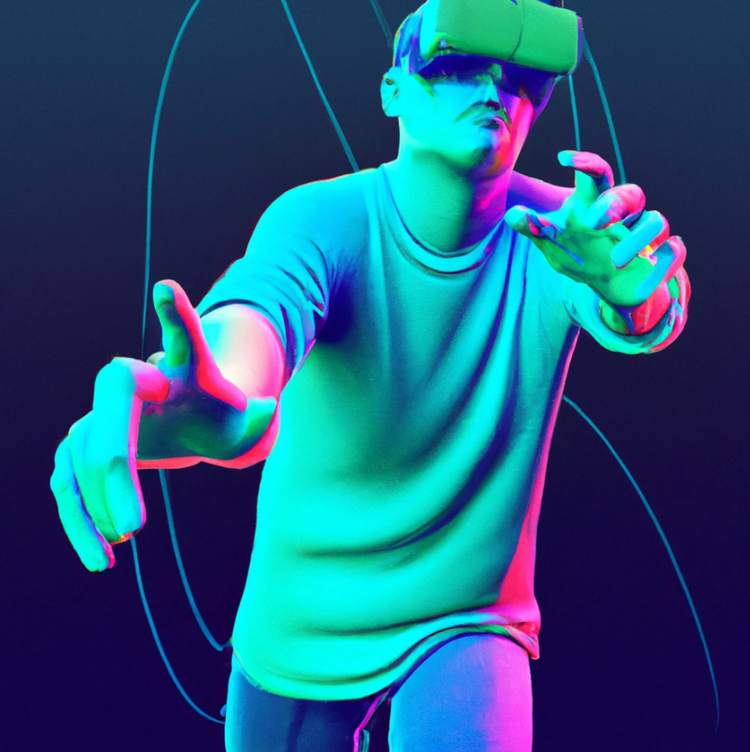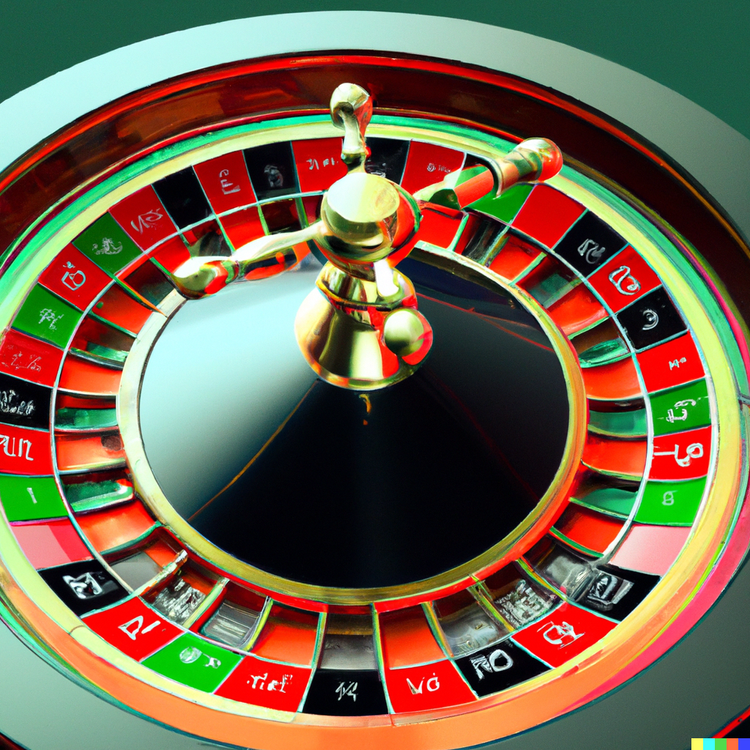January links: I turned my dog into an NFT
This edition's rabbit-hole: NFT mania
A friend of mine described cryptocurrency speculation like playing slots, except without a maximum payout. His strategy is to put $10-$50 in a wide variety of tokens on an ongoing basis and just kick back, crack a beer and let the crypto hype machine 300x his principal on a few coins while the rest go to zero. Speculating on stupid pieces of digital art now works the same way.
The hype machine was all about fungible tokens at first: Bitcoin, Ethereum, Dogecoin, Sushi, etc., where no one coin of a given currency is unique and each one has the same value as any other. Then, non-fungible tokens (NFTs), which have been around since 2015, entered the public consciousness last year and exploded. The main idea with NFTs is to store digital works (vector illustrations, photos, GIFs) on the blockchain, usually Ethereum–best I can tell, most use that protocol because that's just where most non-fungible projects started– and use digital contracts to prove ownership of the original pixels.
I thought this sounded really dumb when I first heard about it. Like, why can't you just right-click and download someone's NFT of a Bored Ape or CryptoPunk and set it as your Twitter profile picture like you own it? The answer is that you could, but anyone could check the chain of ownership on Ethereum in a few seconds and reveal you as a poser. Having your name next to an entry on the public ledger that declares you the owner of a Zombie CryptoPunk makes it a scarce resource and thereby valuable to collectors. For this reason, many NFT collections have reached insane valuations.
A good analogy for NFTs is the physical art market. There are tons of copies of famous sculptures or paintings like The Starry Night, but there's only one of the original. An actual Van Gogh goes (Goghs?) for millions because you know it's the one that the artist actually smeared with their paint brush and that has meaning to lots of people. But knowing that you have the original physical art is fraught with problems. To start, frauds are really good at making copies look like the O.G. So, the art world tends to rely on third-party validators to inspect and certify paintings if there is any doubt about the chain of title (which, especially for old paintings or sculptures, can be full of holes because of thievery and war). But the third-party validators get fooled all the time! This is where blockchains can actually be quite useful. There are no unaccounted-for gaps. You can trace the transfers of the original pixels all the way back to their minting so you know that you have the real thing.
That said, NFTs are far from perfect and there are many ways to scam people. One way is to simply mint tokens with art that isn't yours. Also, there isn't much to stop people from making multiple listings of the same art on different platforms, which still forces buyers into due diligence to make sure the token is actually the original. The system still requires plenty of good old-fashioned trust!
With NFTs, authenticity is entirely extrinsic. Rarible might bestow a “verified” checkmark on the page of a creator whose works it has deemed authentic, but the vast majority of artists on these platforms are unverified. And there’s nothing really stopping anyone from right-clicking a work by a verified artist, downloading it and re-uploading it to the same platform as another NFT... “Ownership,” in this context, is the process of recording addresses on the ledger. Through explorer websites like Etherscan, anyone can see who minted a token and who’s since paid for it. NFTs don’t come with a “bundle of rights,” since they involve no enforceable contracts. And while you can see the creator’s address, you’re always going to need external confirmation that X address actually belongs to Y creator. --Coindesk.
But these seem to me like problems that will get either fixed or mitigated over time by the global community of nerds pumping their brainpower into crypto. It appears entirely possible to analyze all the original works themselves on all of the major NFT platforms like Opensea and Rarible and use an algorithm to find where sets of pixels repeat identically to an original work to ferret out plagiarism. I'd guess something like this probably exists if I'm able to think of it and I'm totally new to NFTs, but it doesn't seem like it's achieved mass adoption or efficacy yet.
Anyhow, here are a few highlights from my survey of NFT mania if you'd like to go down the rabbit-hole as well:
- What are NFTs? A broad overview of what they are and how to make, buy and sell them.
- Check out Kevin Rose's podcast about NFTs and art.
- Not specifically about NFTs, but something I found cool along the way: TokenSets. This service lets you buy shares in "sets," which are composites of different coins or projects focused on particular problems or themes.
- What is MetaMask? Lots of decentralized apps (like TokenSets) ask you to use a wallet like MetaMask to manage your identity and interact with them.
- Check out OpenSea to browse, create and sell NFTs.
Links and media commentary
James Clear's system for reading more. Clear is all about self-improvement and I liked this little piece. I also read and would recommend Clear's book, Atomic Habits. It became the #1 bestseller on Amazon in 2021. He's got a great newsletter too. Maybe even as good as this one.

SurvivalBlog. I've been reading a book about bunkers and the author makes a reference to this blog. It's really easy to get sucked into article after article if you have any predisposition to thinking apocalyptically.
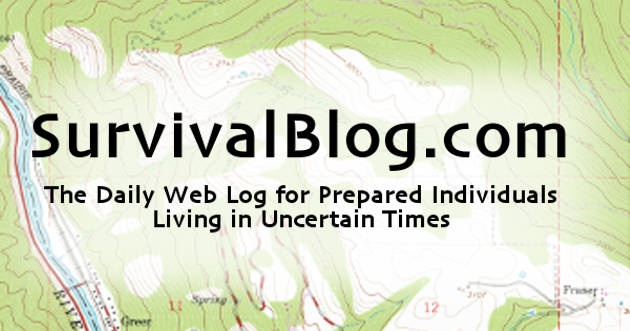
Reading list from a Georgist video game designer. Over the holidays, a blog I follow called Astral Codex Ten published a series of guest posts from a video game designer named Lars Doucet about Georgism, which were intriguing if you're into alternative ideas for architecting society in ways that seem more fair.

[Not a link] But very cool. I had no idea that the Wikipedia app contained a feature that lets you find entries around your geolocation.
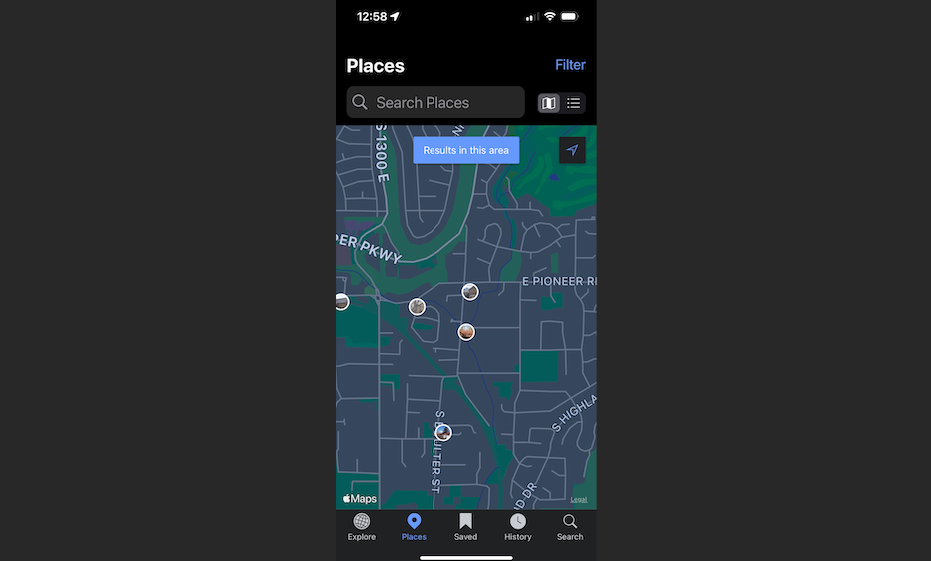
Making your digital life easier to manage for your loved ones if you unexpectedly die. Article on WireCutter.
What it's like to fly the World's largest Airplane.

Peacekeeper Rail Garrison. A Cold War rail system for giant nuclear missiles that never really got rolling [eh? eh?].

What it takes to get a hamster drunk.

First impressions of Web3.
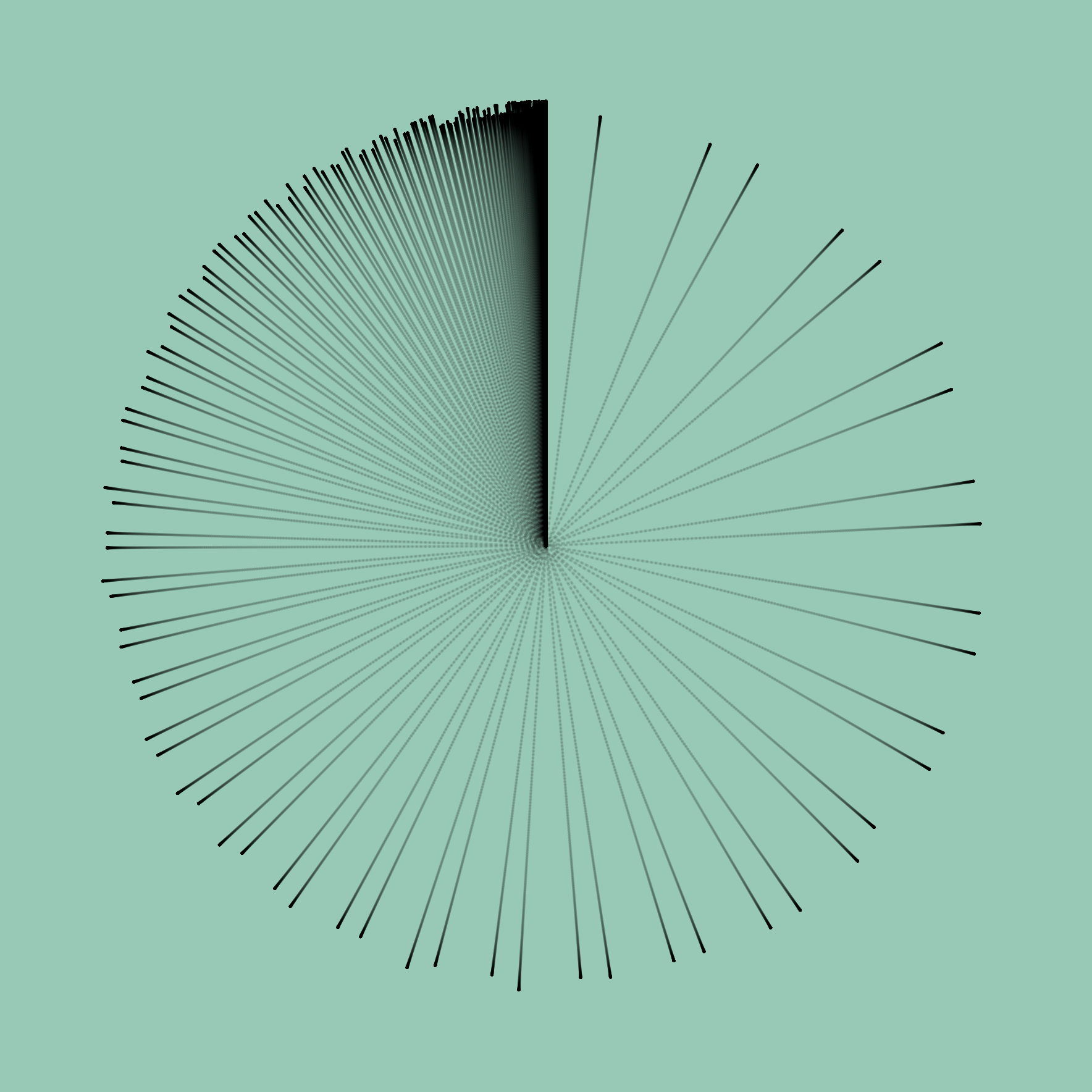
Good things from YouTube
Q Shaman Prison Interview. I've been a fan of Andrew Callaghan since I heard about All Gas No Brakes. Some kerfuffle over the ownership of the show made Callaghan break away to start Channel 5 news, which is done in the same style and equally hilarious and crazy. In this one, Andrew interviews the Q Anon shaman guy who was part of the mob that stormed the Capitol on Jan. 6, 2021. The interview starts out pretty tame and then moves into nutso territory.
A documentary about the people who live in storm drains underneath Las Vegas. Simultaneously heartbreaking and fascinating and also terrifying. Many thanks to Lucien B. for the referral.
How to open a door. Just delightful and bizarre.
Beneath the Plains: The Minuteman Missile On Alert.







